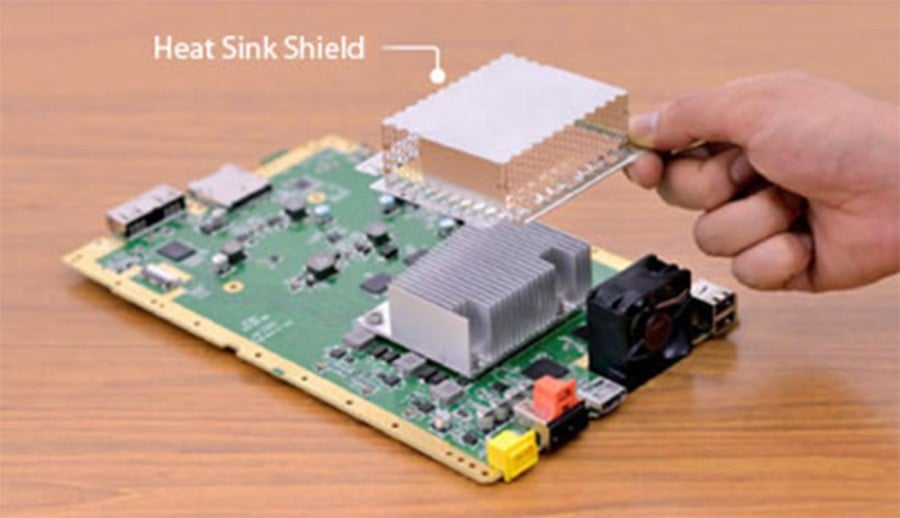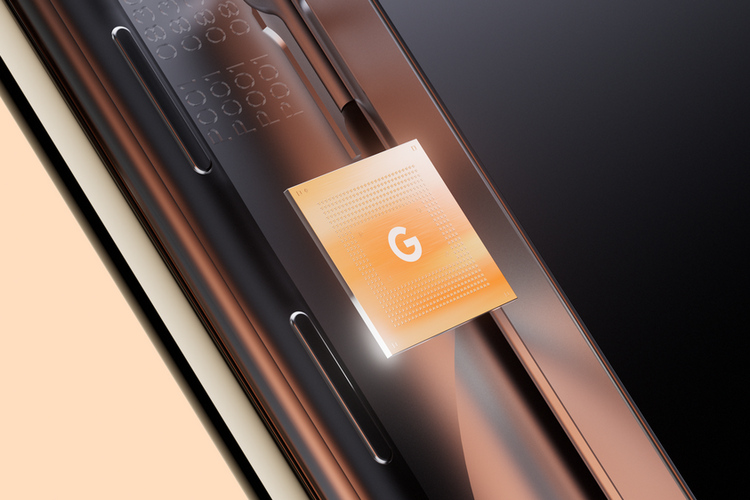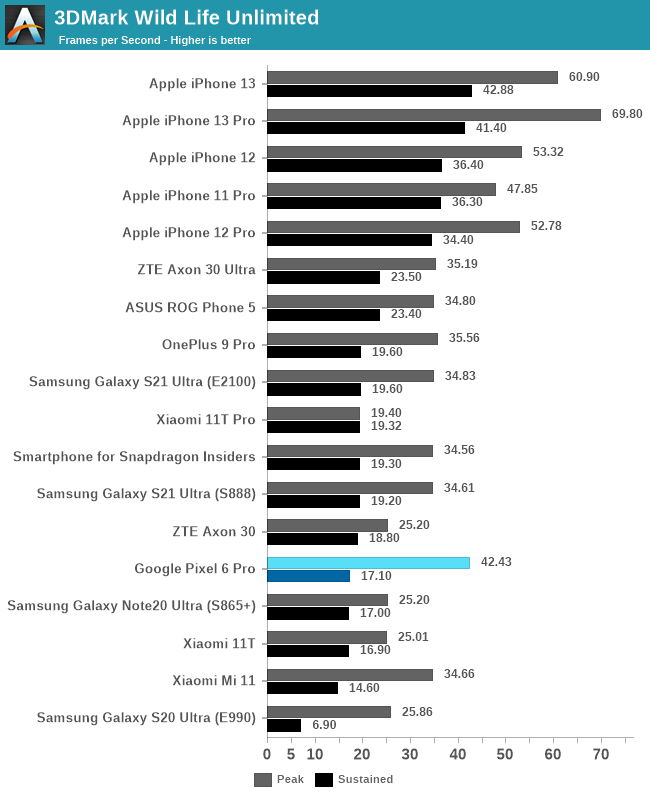And all of that is to say…had the 3ds not existed, Nintendo wouldn’t have posted losses from 2011-2013. They wouldn’t be huge profits because of the Wii U performance, but it wouldn’t be losses. That’s all I’m saying.
That’s why I get prickly when people blame the Wii U for Nintendo losses during that period.
Look, the GameCube was a very similar “failure”. The GameCube and the Wii U had the same 1st party software sales figures. While the GameCube hardware sales were slightly better than the Wii U, the profit margins were less. Don’t forget, the GC was slashed down to $99 after only 2 years to help buoy poor sales.
Neither system were money loss systems for Nintendo, despite their low sales.
The Wii U just didn’t do anything to offset the actual money loss system at the time…the 3ds.
The GBA wasn’t a money loss system despite it selling FAR less software than the 3ds did.
Nintendo posted profits 2001-2004 despite the GC performance. It wasn’t because the GC made more profit for Nintendo than the Wii U, it didn’t.
The revenue Nintendo pulled in 2011-2014 was more than they pulled in 2001-2004.
The 3ds was the reason for the losses.
If by “sells poorly” you mean how the ps4 pro sold compared to the ps4/slim…then yea, it can sell “poorly” and still elongate the lifecycle.
No one expects Nintendo to sell ~80 million 4K Switches in the next 4 years like they have the non 4K hybrids…do they? This isn’t a ps4->ps5 scenario.
The 4K Switch model will probably end up being 25-30% of total Switch sales. Like the ps4 pro was.
Why would you say that, though?
The investment return is exactly what I said…to keep a large chunk of gamers in the switch ecosystem longer than they otherwise would have. All those gamers who feel Switch graphics/performance is a bit long in the tooth. The same exact reason the Xbox X and ps4 pro existed.
Nintendo will sell more Nintendo games in 2024-2025 than they would have if the 4K enhancement didn’t exist. That’s return in their investment right there.
4 million in two years?? Naw it will be more than that. The “enthusiast gamer tech must have new” demand is higher than that lol.
The number of people who move over to 4K Switch in the 4-5 years after its launch will be much higher than that. The ps4 pro was what, around ~30 million more or less when all is said and done? It will be something more like that.
Even if it’s half that, it’s worth the investment.
We saw with the Wii what the perception of an aging, past it’s prime Nintendo system can do to software sales decline. The 4K Switch will do what a Wii HD should have done.
If the majority userbase buys 1-2 games a year (as Nintendo has suggested) you are talking 6-8 Nintendo games during the 4K Switch lifespan sold to millions of gamers who would have otherwise passed had a 4K Switch upgrade not existed.
Even on the extreme low ball end of this, that’s over $1 billion in 1st party software sales revenue 2022-2025 that might otherwise be lost without such an upgrade. There is obviously value for Nintendo to do this to keep the enthusiast gamer market engaged.
I think we both agree that there will be return value on what the 4K hardware provides to the Switch ecosystem…you just feel it needs to have “true successor” type sales to have value. I’m saying it has value even if it’s ps4 pro type sales.
Oh I’m sure there will be a YoY decline for q2 as well. Can’t have Animal Crossing and a global pandemic shutdown every year, huh?

But this will reflect “only” ~3 million sales difference? I expect that to be made up in the last 2 quarters with the OLED hardware and a better software release schedule.
Conservative Nintendo is still projecting 25.5 million this fiscal year. This within the Nikkei report a few months ago saying Nintendo plans on producing 30 million for this fiscal year. (Compare this to the exact same time in 2020 when Nikkei reported Nintendo planning on 25 million produced last fiscal year and Nintendo projecting 19 million shipped)
Even if it’s off from last fiscal year, it won’t be by much. It will be seen as flat. Hardly a major decline.
?
Donkey Kong Country was an exclusive on the SNES…that’s a true successor system. Nintendo published only about 5 games on the NES after the SNES launched. This is nothing similar to a mid gen revision release.
Super Mario Bros Deluxe was an enhanced port of an old game…ok, I can see Nintendo putting an enhanced port of an old games exclusively on the 4K switch, sure. (Like Xenoblade on the n3ds)
I’ll give you the other GBC games being popular new titles…but my god, we are talking about going from monochrome gaming to color lol. That’s a much major shift than going 1080p to 4K with boosted graphic slider IQ.
I can buy gamefreak dying to have Pokémon in color. I don’t buy them in desperate needing to suffer lower userbase exclusivity just to get 4K Pokémon models out there.
We’ll see, I suppose.
I meant to point it out when it happens. It ludicrous anyone read it any other way. Like you earlier wanting to bet on what hasn’t happened yet. lol
I never said Nintendo doesn’t care about 3rd-party relations. And I don’t see where I used any strawmen, tbh. I also don’t see what’s “bad faith” in how I’m arguing. It might be abrasive how strongly I put forth my opinions, I’ll give you that, but I’m speculating just like everyone else here. I try to argue against something pretty directly.





